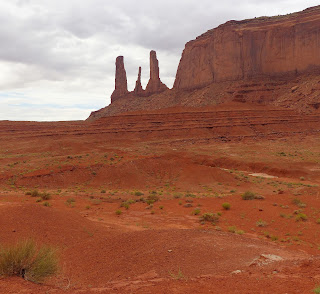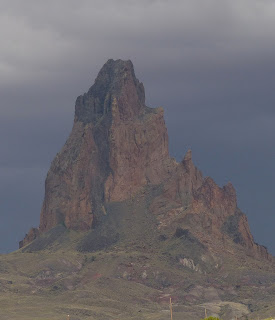Tuesday August 30th thru Thursday September 1st- We left San Antonio early, heading east on Rt. 10. Our plan was to drive Rt. 10 to Florida, then head south to see my sister in Winter Park. However, Tropical Storm Hermione had other plans... we would need to drive through the height of the storm on Thursday as we neared Florida, so made the decision to continue on to home instead.
There had been recent flooding in Louisiana from excessive rain. As we crossed the border from Texas, we noted how there were rivers and bayous everywhere. We could see piles of rubbish and destroyed household goods in front of some of the homes and businesses, obvious damage from this devastating event. We spent the night in Lake Charles, not getting as far as we wanted, as hotels further east were closed due to damage. Lake Charles was a nice area, and we enjoyed some local seafood near our hotel.
Wednesday we continued on Rt 10, crossing the Mississippi River near noon. This time, we did not miss seeing the Mississippi River! After crossing over the bridge from Baton Rouge, we pulled off and found an area near a casino where we could park and walk to view the river. The river is quite wide here, and fairly industrial, with an active port on the Baton Rouge side. OK- east of the Mississippi- we are no longer "Out West"!
Rather than continuing on Rt. 10, we took Rt.65 near Mobile, Alabama, which would take us northeast into Georgia, then onto Rt 16 home. We spent the night in Montgomery, Alabama.
We lucked out on Thursday, as we did not hit any of the rain from what was now a category 1 hurricane. We arrived home in the mid-afternoon with mixed feelings. It is always sad when a great trip is over, but we were happy to be home and to reunite with our girl Autumn.
We did have a great trip. I think our favorite spot from this trip had to be Glacier National Park. Just a spectacular place! Second would have to be Cedar Breaks National Monument. It was wonderful to be able to connect with friends and family while seeing this great country. Overall, we both felt the trip seemed a little more rushed this time, perhaps trying to see too much in the one month we had. I wish we had been able to squeeze in a hike or two- our only real experience on the trail was at Dinosaur National Monument, with a short hike at Cedar Breaks. Getting off the beaten path makes you feel like you've really experienced the area.
I have taken a few minutes, as I have done after our last two trips, to summarize some statistics. Overall, gas was much less expensive than previous trips, but hotels were considerably higher. This was especially noticeable when we went to book some of the same hotels as on previous trips. Gas was made even more reasonable, as we were driving a different vehicle, a Jeep Cherokee, that gets very good gas mileage.
On the road: 28 days
Total miles: 8228
Gas:
Lowest price paid: $1.51 per gallon in Bluffton, SC, just prior to leaving on our trip
Highest price paid: $2.60 per gallon in Beaver, Utah (compared to $4.19 per gallon on our last trip in 2012!)
Average price: $1.92
Total cost of gas: $583
Average MPG: 32
Cost per mile: 7 cents!
Lodging:
Highest price paid: $208 at a Hampton Inn in Kayenta, Arizona
Lowest price paid: $85.50, both at a Comfort Inn in St. George, Utah and a Quality Inn in Burleson, Texas
Nights paid with Choice Privileges points: 2 (points don't add up as fast as in prior years...)
Nights with friends or family: 4
Total cost of lodging: $2657
Average cost per day (includes free nights): $98.40 (compared to $64.66 in 2012)
So, there it is, another great trip at an end. I will get on my soapbox, as I always do after exploring our amazing country, to urge you to get out there and see what is yours! As one ranger reminded us, these lands belong to you. It is your obligation to see them, to make sure they are being cared for as they should be, and if they are not- complain! National Parks and other protected lands have been underfunded for years, taking a hit year after year. In addition to being vocal with your representatives, you can help by supporting groups such as the National Parks Conservation Association, whose mission is "To protect and enhance America's National Park System for present and future generations."
If you have yet to visit a National Park, you are in for a huge treat. These areas have been protected for a reason! We plan to continue to explore this country, perhaps on a more local level, but there is lots to see close to home. There is nothing more eye-opening and mind-expanding than travel! I will end this blog as I did the last:
KEEP EXPLORING!
"Something will have gone out of us as a people
if we ever let the remaining wilderness be destroyed...
we simply need that wild country available to us, even if
we never do more than drive to its edge, and look in."
Wallace Stegner
























































